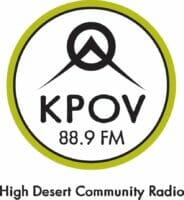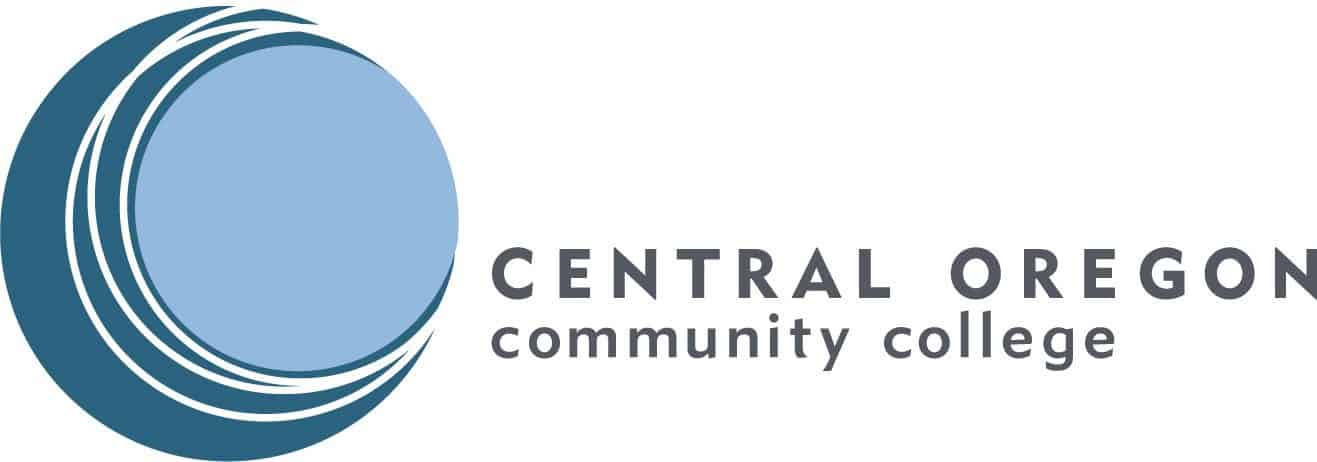July 14, 2022
The July Transportation Forum provided insights on current transportation and transit projects in Bend, including an update on the status of Bend’s Transportation System Plan (TSP—our 20-year assessment and plan for transportation needs) as well as a review of available Federal and State funding for transportation and transit improvements. Innovative regional priority changes incorporate responses to climate change, accommodating more electric vehicles, and increasing transit and bike/pedestrian mobility.
Moderated by Mike Riley, Executive Director at The Environmental Center
Speakers: Russ Grayson, Assistant City Manager-City of Bend
Andrea Breault, Transportation Director-East Cascades Transit
Q&A
We were not able to get to all the audience questions, here are some answers to the remaining questions:
Are there any safe and consistent plans for transportation to and from the airport? Cheaper parking options even?
- Andrea: Currently, there are private shuttle operators that will transport customers to the airport, but CET’s 2040 Master Plan does identify the need to transport the public to the airport. Vehicles have been ordered, we are just seeking more drivers!
How’s it going on finding locations for mobility hubs? It sounds like most land owners are saying “no thanks.” How do we get mobility hubs built if we can’t find real places to put them?
- Andrea and Mike: Yes, your point is valid, however I will say the City of Bend’s Development Code is evolving and the City is requesting more transit infrastructure in master plans for final approval. Also, there is always the possibility of a government entity selling land/vacant space to another government agency (like us), as well as other public institutions such as OSU-Cascades and COCC – reducing the likelihood of hitting a wall with a private owner.
What is the city’s responsibility for ensuring transit is robust and funded in Bend?
- Andrea and Mike: I think the City’s responsibility (in conjunction with CET) is to help the public understand true cost of an efficient and effective transit system and the benefits of a transit district, and then partner with CET and the private sector to create a district.”
How can we form a transit district in Central Oregon?
- Andrea: Legally, COIC/CET can request to become a transit district (a big hurdle that my predecessor put in place a number of years ago). Currently, CET is developing a campaign to explain what it is and why it is needed. We need all the grass-root help we can get!
How many rides are generated by taking students to school and how do we get kids on school buses?
- Andrea: On Community Connectors (CET’s Regional Services) students are about for about 60% of rides during the school year. As for Bend Fixed Route, I would say it’s maybe around 10%
Does Mt Bachelor pay for the shuttle to the mountain, similarly, does BPRD pay for Ride the River?
- Andrea: Mt Bachelor pays for the shuttle operations (minus fares and any potential government subsidy). BPRD does not pay for the Ride The River, that service is self-sustaining due to the high fare and number of passengers per trip.
20+ years ago, we did the 2030 exercise. How close to the growth projections in the study were realized? What has been the impact on transportation?
- Russ: I don’t have those numbers easily available, but we have been tracking fairly well with projections. The population projections are also reviewed periodically as well. The main point is that we will continue to see this same pattern of growth for the near future.
Russ, what percentage of transportation system costs are soft costs?
- Russ: Typically soft costs run between 10-20% of the project costs depending on the complexity and size of the project.
Is the a map of safe bike routes:
-
- From Bend Bikes: Yes! Click here.
Resources
Oregon’s Climate-Friendly and Equitable Communities Rulemaking
Build America Bureau IGA Briefing Dec 21
FAA IGA BIL Briefing Slide Deck Final
PHMSA – BIL IGA Implementation Dec 2021
OST-R SMART Grants Slide December 2021
OST-P IGA Briefing on National Infrastructure Project Assistance (Mega) Dec 21
MARAD BIL IGA Briefing Dec 2021
FRA State and Local Elected Officials Presentation




























